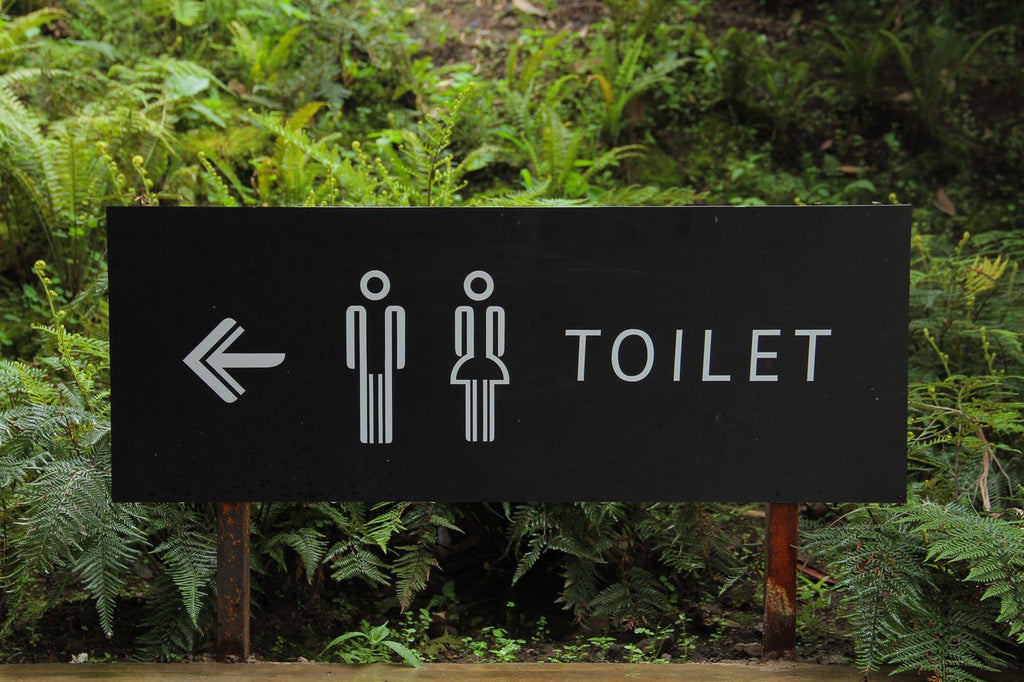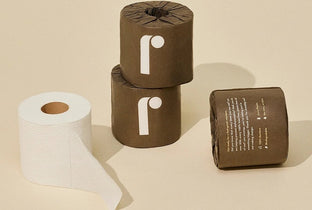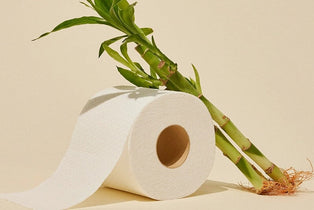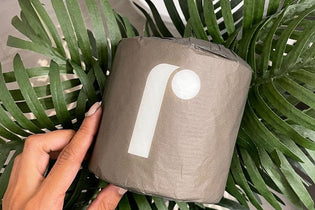
TLDR
From humble beginnings of squatting in the wilderness to sitting upon the porcelain thrones of the 21st century, the way we go to the bathroom has changed a lot. Similarly, toilets themselves have changed as well. Looking at a toilet timeline — the history of toilets — may be more enlightening than you think.

Before we can really examine the history of toilets, we have to know what exactly a toilet is. A toilet is defined as “a fixture that consists of a water-flushed bowl and seat.” Therefore, any receptacle without a water-flushed bowl and seat cannot be considered a toilet. Here is where we’ll begin our journey.
This is the evolution of toilets.
Pre-Toilet Times
Ever since humankind first existed, they’ve needed to find places to relieve themselves. The earliest of such places was undoubtedly a hole in the ground. A couple of million years later, though, we’d begin to see more civilized (relatively) precursors to the modern toilet.
Around 2,500 B.C., communities in Scotland, the Indus Valley, and Mesopotamia used pipes to carry waste from the inside of their dwellings to the outside. In a similar manner, ancient Romans used a sewer system to deposit waste from latrines into streams and rivers — this was clearly before the discovery of bacteria and disease.
However, these advanced waste removal systems would go out of fashion. In the Middle Ages, they’d come to be replaced by less dignified devices.
The first was called the “garderobe” which was essentially a closet that hung over the side of a castle. This closet had a bench with a hole through which waste would fall out of the castle and, hopefully, into the moat.
Chamber pots followed garderobes. As the name implies, servants placed these pots within the chambers of royalty, nobles, and more so that they take care of business. When the chamber pot was full, servants would simply empty it out — usually from a high place.
Fun fact: the British term loo comes from the French phrase regardez l'eau meaning “watch out for the water.” Servants would shout this before dumping chamber pots to help others avoid a particularly messy situation.
The First Stirrings of the Flush Toilet
In 1596, we’d see the invention of the first flush toilet. Created by English courtier Sir John Harington, the contraption used 7.5 gallons of water from an upstairs cistern to flush away waste.
It wouldn't be until the late 18th century that flush toilets would be mass-produced. In 1775, inventor Alexander Cumming was awarded the first flush-toilet patent. His most significant contribution, though, was the invention of the s-shaped pipe below the bowl.
In the late-19th century, a plumbing mogul by the name of Thomas Crapper — a name that would become synonymous with toilets — developed the first highly successful line of flush toilets. Crapper’s biggest innovation was the ballcock. This is the plug within the tank that keeps the bowl from overfilling — it’s still a crucial part of toilet tech.
Modern Toilets We Know & Love
After Thomas Crapper’s invention of the ballcock, there wasn’t much significant innovation until the 21st century. This is where we see toilets control temperatures, play music, and even take on humanitarian crises around the world.
In this day and age, smart toilets are the pinnacle of bathroom technology. With a variety of unique features, many improve comfort and cleanliness with every flush. For instance, the Bio Bidet boasts an anti-bacterial deodorizer, a massage setting, and a warm-water bidet for a comfortable, no-mess cleanup.
Other brands, like Kohler, offer models that include FM radio, LED nightlights, and motion-activated seat covers that open and close automatically. Many Kohler models are also tankless systems that dramatically decrease water consumption. Smart toilets allow users to go in luxury, but some do so without hurting the planet.
However, the modern toilet landscape isn’t all about smart toilets. Many organizations use toilet technology to help others.
In particular, SOIL is a non-profit organization with the goal of solving the sanitation crisis in Haiti. SOIL provides toilets to these communities in need which brings dignity and safety back to the people who live there. Afterward, the toilets are collected and the waste is turned into nutrient-dense compost that’s used to nourish the land.

Reel has partnered with SOIL to further the research and development of these revolutionary toilets. Together, we work toward dignified, sustainable, and safe sanitation that optimizes resource recovery and is accessible to all.
The History of Toilets
Humans have been around for millions of years, so in the grand scheme of things, toilets are a relatively new invention. That being said, the innovation that’s taken place has been significant.
From garderobes to warmed-bidets that play music, sanitation has come far. The innovation isn’t over, though. With the important work of SOIL, we’ll likely see more toilet tech emerge soon enough.
For more interesting toilet and toilet paper facts, follow us on Facebook!



0 comments